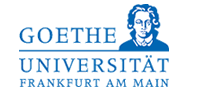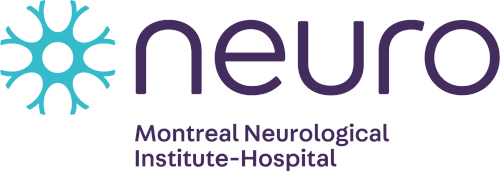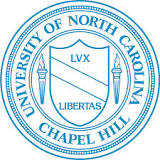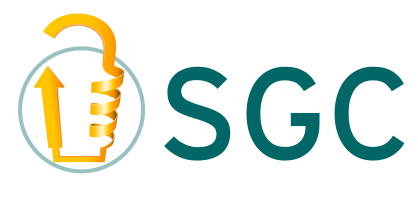 |
 |
 |
 |
 |
 |

On March 4 2011, the SGC hosted a workshop to discuss the mechanisms of BMP/TGF-β signalling and to review the opportunities and challenges for drug discovery. TGF-β superfamily ligands (TGF-β, nodal, activins, myostatin, GDFs and BMPs) modulate the growth of stem cells and tissues including muscle, bone, adipose and the vasculature. In recent years, TGF-β superfamily antagonists have entered the clinic for the potential treatment of musculoskeletal, metabolic and cancer-related diseases.
The SGC meeting held in the Nuffield Orthopaedic Centre in Oxford UK brought together scientists from seven different countries, including seven industrial organizations and seven academic institutions. Themes addressed through a series of short talks, included SGC crystal structures, small molecule screens and applications, in vivo reporter lines, clinical genetics, receptor dynamics, Smad and non-Smad signalling pathways, transcriptional activation and EMT/tumorigenesis. The final speaker session included perspectives from industry on the different challenges associated with targeting BMP, activin and TGF-β receptor kinases.
The workshop concluded with an open discussion session to consider future questions and directions. From this session the following points were captured:
- The SGC should pursue structural studies on the cytoplasmic assembly of the type II-type I receptor complex, as well as receptor-substrate complexes, to address gaps in our understanding of receptor and inhibitor activities
- The generation of novel chemical and biological probes is desirable to enable target validation. E.g. Molecules are of interest for TβR-II and ALK7. The SGC will explore the potential to develop these reagents in collaboration with its partners.
- The first small molecule inhibitors of ALK1/2/3 offer new opportunities to explore the feasibility of targeting activin receptor-like kinases in the clinic. There was interest to de-risk a potential proof of concept clinical trial by pooling these resources through a public-private consortium. Therapeutic applications of interest include anemia of inflammation and diseases of ectopic bone formation/calcification
- Effective therapeutic strategies would benefit generally from further analyzes of the genetic and expression changes in BMP/TGF-β signalling molecules in disease.

Speakers
- Dr Alex Bullock (SGC, University of Oxford)
- Dr Paul Yu (Harvard University)
- Prof Petra Knaus (Freie Universität Berlin)
- Prof Carl-Hendrik Heldin (LICR, Uppsala)
- Prof Nick Morrell (University of Cambridge)
- Dr Marie-Christine Ramel (CRUK, London)
- Dr Doriano Fabbro (Novartis)
- Dr Gary Smith (GlaxoSmithKline)
- Dr Judit Debreczeni (Astra Zeneca)
Read more about the structures: 3MY0, 3H9R, 3MTF, 3OOM, 3MDY, 3Q4T, 3G2F
References
- Cunha, S.I., et al., Genetic and pharmacological targeting of activin receptor-like kinase 1 impairs tumor growth and angiogenesis. J Exp Med, 2010. 207(1): p. 85-100. Pubmed
- Pearsall, R.S., et al., A soluble activin type IIA receptor induces bone formation and improves skeletal integrity. Proc Natl Acad Sci U S A, 2008. 105(19): p. 7082-7. Pubmed
- Zhou, X., et al., Reversal of cancer cachexia and muscle wasting by ActRIIB antagonism leads to prolonged survival. Cell. 142(4): p. 531-43. Pubmed
- Hong, C.C. and P.B. Yu, Applications of small molecule BMP inhibitors in physiology and disease. Cytokine Growth Factor Rev, 2009. 20(5-6): p. 409-18. Pubmed
- Tsuchida, K., et al., Activin signaling as an emerging target for therapeutic interventions. Cell Commun Signal, 2009. 7: p. 15. Pubmed
